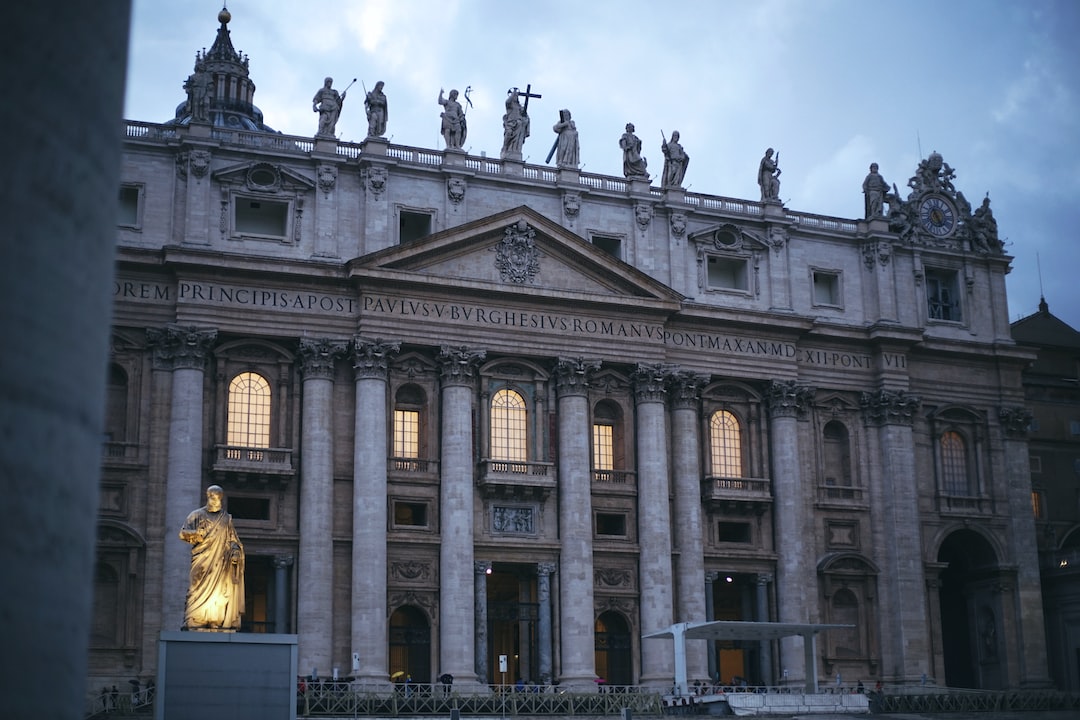Art as a Global Language: How Creativity Connects People Across Cultures
Art has always been a universal form of expression. No matter where you go in the world, you can find art in various forms – be it paintings, sculptures, music, dance, or even literature. It is through art that people connect, communicate, and bridge the gaps between different cultures and languages. Art serves as a powerful global language that transcends boundaries and allows for meaningful dialogue between people of diverse backgrounds.
One of the most remarkable aspects of art as a global language is its ability to evoke emotions and convey ideas without the use of words. Visual art, for instance, allows individuals to interpret and appreciate different themes and messages regardless of their native language. A painting, for example, can depict the beauty of nature, the struggles of a marginalized community, or even the artist’s personal emotions. Anyone who views it can connect with these ideas on a deeper level, regardless of their cultural or linguistic background.
Moreover, art has the power to challenge social norms and break down stereotypes. When artists from different cultures come together to collaborate, they bring their unique perspectives and experiences to the table. This collective creativity often results in the creation of artwork that challenges societal norms and encourages viewers to question pre-existing assumptions. By challenging stereotypes through art, people develop a better understanding and appreciation for different cultures, fostering a sense of unity and empathy.
In addition to visual art, music is another universal language that connects people across cultures. Whether it is classical symphonies, traditional folk songs, or contemporary pop hits, music has the ability to stir emotions and bring people together. It serves as a medium for cross-cultural collaborations, where musicians blend different styles and traditions to create something new and exciting. The international success of genres like reggae, hip-hop, and salsa exemplifies how music transcends borders and creates shared experiences among people from different parts of the world.
Furthermore, dance is yet another art form that serves as a global language of expression. From classical ballet to traditional folk dances, each culture has its own unique dance forms and styles. However, the beauty of dance lies in its ability to connect people beyond cultural boundaries. When individuals from different backgrounds come together to learn and perform a dance routine, they not only share the joy of movement but also gain a deeper understanding of one another’s cultures. Dance helps break down barriers and promotes cultural exchange, fostering a sense of unity and appreciation for diversity.
Art also plays a significant role in preserving cultural heritage. Museums and art galleries around the world showcase artifacts, paintings, and sculptures that tell the stories of different civilizations and cultures. These artistic creations serve as a tangible representation of a country’s heritage, allowing individuals to learn about and appreciate diverse cultural identities. By preserving and showcasing such works, art ensures that cultural traditions and histories are not forgotten but rather celebrated and shared.
It is essential to recognize that art as a global language not only connects people across cultures but also acts as a catalyst for social change. Artists often use their creative talents to raise awareness about various social issues, promoting dialogue and inspiring action. They may address topics like environmental crisis, gender inequality, or political unrest through their artwork, sparking conversations that lead to positive transformations in society. Therefore, art becomes a powerful tool to advocate for social justice and empower marginalized communities.
In conclusion, art serves as a powerful global language that connects people across cultures and creates bonds of understanding and empathy. Whether it is visual art, music, dance, or literature, art transcends boundaries and allows for meaningful communication and exchange of ideas. Through art, people challenge stereotypes, preserve cultural heritage, and inspire social change. It is through the universal language of creativity that we can foster a more inclusive and harmonious world.

